He hasn't added any favorite products so far. Add one now!
Faq
- Generally
- UPS
- Racks
- STS
- AVR
- EV
- Solar
- Batteries
-
Τι είναι ο συντελεστής ισχύος (Power Factor);
Ο συντελεστής ισχύος είναι ο λόγος της ενεργής προς τη φαινομενική ισχύ και δείχνει πόσο αποδοτικά καταναλώνεται η ηλεκτρική ενέργεια. Ιδανικά πλησιάζει το 1. Σε συστήματα με UPS, ο υψηλός συντελεστής ισχύος είναι κρίσιμος, καθώς εξασφαλίζει καλύτερη αξιοποίηση της διαθέσιμης ισχύος του UPS και μειώνει τον κίνδυνο υπερφόρτωσης.
-
Μπορώ να τροφοδοτήσω κρίσιμα φορτία με UPS και ηλιακή ενέργεια;
Ναι, με hybrid συστήματα που συνδυάζουν inverter, UPS και φωτοβολταϊκά για πλήρη ενεργειακή ανεξαρτησία.
-
Πώς να προστατεύσω τον εξοπλισμό μου από υπερτάσεις;
Χρήση UPS, AVR και πολύπριζων προστασίας με φίλτρα υπερτάσεων.
-
Τι σημαίνει μονοφασικό και τριφασικό ρεύμα;
Η μονοφασική παροχή ρεύματος (230V) χρησιμοποιείται παραδοσιακά σε κατοικίες και καλύπτει τις βασικές ανάγκες μιας οικιακής εγκατάστασης. Αντίθετα, η τριφασική παροχή (400V) προσφέρει μεγαλύτερη ισχύ και σταθερότητα, για υψηλές ενεργειακές απαιτήσεις, όπως αντλίες θερμότητας, φορτιστές αυτοκινήτων κλπ.
-
Γιατί είναι επικίνδυνο το ρεύμα διαρροής;
Μπορεί να προκαλέσει ηλεκτροπληξία ή φωτιά. Οι διακόπτες διαρροής (RCD) προστατεύουν από τέτοιες καταστάσεις.
-
Πότε χρειάζομαι σταθεροποιητή τάσης για το σπίτι;
Όταν υπάρχουν συχνές διακυμάνσεις ή υπερτάσεις στην περιοχή, ειδικά για προστασία ευαίσθητων συσκευών.
-
-
What are Racks?
Τα racks είναι χώρος τοποθέτησης και αποθήκευσης παθητικού (patch panel, καλώδια) και ενεργού εξοπλισμού (server, UPS, router). Προσφέρουν εύκολη πρόσβαση, προστασία από φθορές και ομαλή λειτουργία, κατάλληλα για επαγγελματικούς και οικιακούς χώρους.
-
What warranty do Racks have?
Οι Καμπίνες καλύπτονται από 5 έτη εγγύησης από αγορά, αξεσουάρ 8 ετών, ανεμιστήρες και πολύπριζα 12 μηνών με συμπληρωμένη φόρμα εντός 10 ημερών και αντίγραφο τιμολογίου. Διαφορετικά, η έναρξη από ημερομηνία πώλησης.
-
Υπάρχουν αξεσουάρ που πρέπει να συνοδεύουν ένα rack;
Ναι, όπως patch panels, ράφια, πολύπριζα, οργανωτές καλωδίων, ανεμιστήρες και κιτ γείωσης.
-
Τι σημαίνει rack με δυνατότητα περιστροφής;
Είναι τύποι racks που διαθέτουν εσωτερικό πλαίσιο ή πίνακα που μπορεί να στραφεί, διευκολύνοντας την πρόσβαση σε καλωδιώσεις και συνδέσεις.
-
Μπορώ να εγκαταστήσω UPS μέσα σε ένα rack;
Ναι, υπάρχουν μοντέλα UPS τύπου rackmount ειδικά σχεδιασμένα για εγκατάσταση σε καμπίνες.
-
Τι είναι το ύψος σε U και πώς υπολογίζεται;
Το ύψος σε U είναι μονάδα μέτρησης για το διαθέσιμο ύψος τοποθέτησης εξοπλισμού σε ένα rack. 1U = 4.45 cm.
-
Ποια είναι τα βασικά χαρακτηριστικά ενός rack 19 ιντσών;
Πλάτος 19'' (τυποποιημένο), μεταλλική κατασκευή, θύρες αερισμού ή ανεμιστήρες, ράγες τοποθέτησης εξοπλισμού σε ύψος U και δυνατότητα κλειδώματος.
-
-
What warranty do UPS have?
Όλα τα UPS καλύπτονται από εγγύηση 24 μηνών από αγορά, οι μπαταρίες από 12 μήνες με συμπληρωμένη φόρμα εγγύησης εντός 10 ημερών από αγορά και αντίγραφο τιμολογίου. Υπάρχει δυνατότητα επέκτασης μέσω συμβολαίου συντήρησης.
-
How important is UPS?
Οι διακυμάνσεις τάσης και πτώσεις δικτύου μπορούν να προκαλέσουν βλάβες, απώλεια δεδομένων ή καταστροφή συστημάτων. Το UPS παρέχει ενέργεια μέσω μπαταριών, δίνοντας χρόνο για ασφαλή τερματισμό, εκκίνηση γεννήτριας ή επαναφορά ρεύματος.
-
What information/indications does UPS provide me?
Ανάλογα με τον τύπο, ένα UPS μπορεί να ενημερώνει για: κατάσταση μπαταρίας και επίπεδο φόρτισης, τάση εισόδου και εξόδου, διακυμάνσεις στην τάση, ανάγκη για αλλαγή μπαταρίας, βλάβη στο UPS. Οι πληροφορίες κοινοποιούνται μέσω φωτεινών ενδείξεων ή ηχητικών προειδοποιήσεων.
-
Πώς ανακυκλώνω ένα παλιό UPS ή τις μπαταρίες του;
Μπορείτε να τα παραδώσετε σε εξουσιοδοτημένα σημεία ανακύκλωσης ηλεκτρονικού εξοπλισμού και συσσωρευτών.
-
What devices can I support with UPS?
Τα UPS υποστηρίζουν οικιακό, γραφειακό και βιομηχανικό εξοπλισμό (H/Y, routers-modems) καθώς και κρίσιμα φορτία (ιατρικός εξοπλισμός, εργαστήρια, data centers).
-
Who installs the UPS?
Μικρές μονάδες UPS με σύνδεση στο δίκτυο ΔΕΗ μπορούν να εγκατασταθούν από τον χρήστη ακολουθώντας το εγχειρίδιο. Μεγαλύτερες μονάδες απαιτούν εξειδικευμένο προσωπικό με πιστοποίηση.
-
What is the distance between the UPS and the Data Processing Systems?
Λόγω ηλεκτρομαγνητικών παρεμβολών από καλώδια εισόδου/εξόδου, συνιστάται απόσταση μεταξύ UPS και ευαίσθητων συσκευών (πχ ιατρικά μηχανήματα) για αποφυγή παρεμβολών.
-
What noise levels does a UPS produce?
Τα UPS της Tescom είναι σχεδιασμένα για ελάχιστο θόρυβο (decibel) σε χώρους με ανθρώπινη παρουσία.
-
Ποιος είναι ο απαιτούμενος χρόνος φόρτισης των συσσωρευτών του UPS;
Πριν πρώτη χρήση: φόρτιση ≥8 ώρες. Μετά πρώτη χρήση: πλήρης φόρτιση σε 4-6 ώρες, ανάλογα με χωρητικότητα.
-
What is the average battery life of UPS batteries?
Εξαρτάται από χρήση και περιβάλλον. Απόκλιση 10°C από 15-25°C υποδιπλασιάζει διάρκεια ζωής. Συστήνεται αντικατάσταση μπαταριών κάθε 3 χρόνια.
-
Should I turn off the UPS?
Όλες οι σειρές Tescom Hellas UPS λειτουργούν 24/7 χωρίς ανάγκη απενεργοποίησης.
-
Can a system shut down/restart while connected to a UPS?
Δύο σενάρια: 1) Υπερφόρτωση UPS → υπολειτουργία· αποφύγετε επιλέγοντας σωστές προδιαγραφές και παρακολουθώντας ενδείξεις. 2) Εκφόρτιση μπαταριών → μείωση αυτονομίας. Φορτίστε 8-9 ώρες πριν πρώτη χρήση, μετά 4-6 ώρες, και επαναφορτίζετε άμεσα μετά πλήρη εκφόρτιση.
-
What are the ideal environmental conditions for a UPS?
Συνιστάται λειτουργία σε 15°C-25°C με υγρασία <95%. Επίσημα όρια 0°C-40°C, αλλά ιδανικά θερμοκρασία δωματίου (πχ με κλιματισμό) για μέγιστη διάρκεια ζωής μπαταριών.
-
Which UPS category should I prefer?
Line-interactive UPS: προσιτό, με μικρό χρόνο μεταγωγής (ms) και προσομοιωμένη ημιτονοειδή τάση. OnLine UPS: μηδενικός χρόνος μεταγωγής, καθαρή ημιτονοειδής τάση, ισχυρή σταθεροποίηση για ευαίσθητα φορτία.
-
What does a UPS protect against?
Ανάλογα με τον τύπο, κάθε UPS προστατεύει τα φορτία σας από: απώλεια τροφοδοσίας (διακοπή ρεύματος), άνοδο τάσης (βραχυχρόνια/μακροχρόνια), μεταβολή συχνότητας, μετάπτωση τάσης (στιγμιαία διακοπή), αρμονική παραμόρφωση, πρόκληση θορύβου (ηλεκτρομαγνητικές παρεμβολές).
-
UPS or surge arresters? What is their difference?
Τα πολύπριζα προστασίας ή αλλιώς surge arresters, διαφυλάττουν τον εξοπλισμό σου από εξάρσεις της τάσης (αιχμές ή υπερτάσεις). Αδυνατούν όμως να προστατεύσουν από υποτάσεις και ολικές πτώσεις δικτύου, δεν προσφέρουν αυτονομία, δεν έχουν σταθεροποιητή τάσης και δεν φιλτράρουν θορύβους. Άρα UPS και surge arresters εξυπηρετούν διαφορετικές ανάγκες.
-
How long does the UPS offer my equipment?
Ο χρόνος αυτονομίας αφορά στο διάστημα που παρέχεται από το UPS για να σώσετε τα δεδομένα σας και να απενεργοποιήσετε τις συσκευές σας, από τη στιγμή που θα ξεκινήσει η παροχή ενέργειας/η τροφοδοσία από το UPS. Έστω UPS 1000 VA με αυτονομία έως 10 λεπτά (50% φορτίο): μπορεί να τροφοδοτήσει εξοπλισμό ισχύος 500 VA για 10 λεπτά. Σε περιπτώσεις υψηλών απαιτήσεων, ο χρόνος αυτονομίας μπορεί να ενισχυθεί με την προσθήκη μπαταριών και επιπλέον ερμαρίου συσσωρευτών.
-
What power should be the UPS I choose?
Για την επιλογή UPS κατάλληλης ισχύος τα βήματα είναι απλά: 1. Συμβουλευτείτε τις ενδείξεις τροφοδοσίας κάθε μίας συσκευής που θέλετε να προστατεύσετε/υποστηρίξετε, εντοπίστε την ισχύ αυτής σε VA και βρείτε το άθροισμα της ισχύος όλων των συσκευών μαζί. Αν η ισχύς αναγράφεται σε Watt ή σε Amperes, τότε μπορείτε εύκολα να την μετατρέψετε σε VA, με τους εξής τύπους: VA = 1,43W ( όταν δίνονται τα Watt), VA = 230 x A (όταν δίνονται τα Amperes). 2. Επιλέξτε ένα UPS με 30% τουλάχιστον μεγαλύτερη ισχύ από την ισχύ των φορτίων προς υποστήριξη, ώστε να εξασφαλίσετε σίγουρη προστασία.
-
What is a UPS?
UPS (Uninterruptible Power Supply) is a device that provides uninterrupted electricity to your electronic equipment (load), in case of voltage fluctuations or total power failure. It thus offers the connected cargo safety and autonomy of use.
-
Ποιες είναι οι πιο συχνές βλάβες σε UPS;
Φθορά συσσωρευτών, αστοχία inverter, κακή ψύξη, υπερφόρτωση ή εισερχόμενη τάση εκτός προδιαγραφών.
-
Τι σημαίνει cold start σε ένα UPS;
Είναι η δυνατότητα του UPS να ενεργοποιηθεί και να τροφοδοτήσει συσκευές ακόμα και όταν δεν υπάρχει δίκτυο, χρησιμοποιώντας μόνο τη μπαταρία.
-
Μπορεί ένα UPS να λειτουργήσει χωρίς μπαταρίες;
Κάποια μοντέλα μπορούν να λειτουργήσουν προσωρινά χωρίς μπαταρίες, μόνο σε bypass mode, αλλά δεν προσφέρουν προστασία από διακοπή ρεύματος.
-
Υπάρχουν UPS για εξωτερικούς χώρους;
Ναι, υπάρχουν ειδικά μοντέλα με προστασία IP για αντοχή σε σκόνη, υγρασία και μεταβολές θερμοκρασίας.
-
Πώς να επιλέξω UPS για συστήματα κάμερας ασφαλείας;
Υπολογίστε το συνολικό φορτίο (σε VA) όλων των συσκευών και επιλέξτε ένα UPS με τουλάχιστον 30% επιπλέον ισχύ για ασφαλή λειτουργία.
-
Τι σημαίνει bypass mode σε ένα UPS;
Είναι η λειτουργία κατά την οποία το φορτίο τροφοδοτείται απευθείας από το δίκτυο, χωρίς τη χρήση της μπαταρίας ή του inverter.
-
Μπορεί το UPS να χρησιμοποιηθεί με γεννήτρια;
Ναι, αρκεί η γεννήτρια να παρέχει σταθερή τάση και συχνότητα. Κάποια UPS διαθέτουν ειδικές ρυθμίσεις για συνεργασία με γεννήτριες.
-
Τι είναι η ημιτονοειδής τάση και γιατί είναι σημαντική;
Η καθαρή ημιτονοειδής τάση προσομοιάζει την ποιότητα του ρεύματος του δικτύου. Είναι απαραίτητη για ευαίσθητες συσκευές όπως ιατρικός ή τηλεπικοινωνιακός εξοπλισμός.
-
Πόσο συχνά πρέπει να ελέγχω το UPS μου;
Συνιστάται έλεγχος κάθε 6 μήνες για την κατάσταση των συσσωρευτών και τις ενδείξεις λειτουργίας του UPS.
-
Τι είναι ο χρόνος μεταγωγής (transfer time) σε ένα UPS;
Είναι ο χρόνος που απαιτείται για να μεταβεί η παροχή από το δίκτυο στη μπαταρία του UPS κατά τη διακοπή ρεύματος. Σε Line-Interactive UPS είναι μικρός, ενώ σε Online UPS είναι μηδενικός.
-
Ποια είναι η διαφορά μεταξύ μονοφασικού και τριφασικού UPS;
Τα μονοφασικά UPS χρησιμοποιούνται κυρίως σε οικιακές και μικρές επαγγελματικές εφαρμογές, ενώ τα τριφασικά UPS είναι σχεδιασμένα για μεγαλύτερα φορτία, όπως σε βιομηχανίες ή data centers.
-
-
Υπάρχουν inverter με μπαταρία (hybrid inverters);
Ναι, είναι inverters που υποστηρίζουν και αποθήκευση ενέργειας σε μπαταρίες, ιδανικά για off-grid ή backup εφαρμογές.
-
Ποια είναι η μέση διάρκεια ζωής ενός solar inverter;
Συνήθως 10-15 έτη, ανάλογα με τις συνθήκες λειτουργίας και τη συντήρηση.
-
Τι είναι η τάση εκκίνησης (start-up voltage);
Η ελάχιστη τάση που απαιτείται για να ξεκινήσει ο αντιστροφέας να λειτουργεί.
-
Τι είναι η καθαρή σύνδεση (net metering);
Επιτρέπει στον χρήστη να καταναλώνει την ενέργεια που παράγει και να επιστρέφει την επιπλέον στο δίκτυο.
-
Ποια η διαφορά ανάμεσα σε string και micro-inverters;
Οι string inverters εξυπηρετούν πολλές σειρές πάνελ, ενώ οι micro-inverters τοποθετούνται ανά πάνελ για καλύτερη απόδοση σε σκιερά περιβάλλοντα.
-
Τι είναι το MPPT σε έναν ηλιακό αντιστροφέα;
Το Maximum Power Point Tracking είναι τεχνολογία που βελτιστοποιεί την παραγόμενη ενέργεια από τα φωτοβολταϊκά.
-
-
Πώς γίνεται η αποθήκευση μπαταριών για μεγάλο χρονικό διάστημα;
Σε δροσερό και ξηρό περιβάλλον. Πρέπει να επαναφορτίζονται κάθε 6 μήνες για αποφυγή βαθιάς εκφόρτισης.
-
Μπορώ να επεκτείνω την αυτονομία ενός UPS με εξωτερικές μπαταρίες;
Ναι, αν το UPS υποστηρίζει σύνδεση με εξωτερικές μπαταρίες μέσω battery pack ή battery cabinet.
-
Τι σημαίνει self-discharge στις μπαταρίες;
Είναι η φυσική απώλεια φόρτισης όταν η μπαταρία δεν χρησιμοποιείται. Σε AGM είναι 2–3% τον μήνα.
-
Μπορώ να χρησιμοποιήσω μπαταρίες αυτοκινήτου σε UPS;
Όχι. Οι μπαταρίες αυτοκινήτου είναι σχεδιασμένες για στιγμιαία ισχυρή εκκίνηση και όχι για σταθερή αποφόρτιση.
-
What warranty do VRLA lead batteries have with AGM technology?
Οι μπαταρίες ≤28 Ah έχουν 12 μήνες εγγύηση, οι >33 Ah έχουν 24 μήνες με συμπληρωμένη φόρμα εντός 10 ημερών και αντίγραφο τιμολογίου. Διαφορετικά, ισχύει η έναρξη από την ημερομηνία πώλησης.
-
What are AGM technology VRLA lead batteries?
Οι VRLA AGM είναι επαναφορτιζόμενες μπαταρίες μολύβδου, ευρέως χρησιμοποιούμενες σε UPS και εφαρμογές υψηλής απαίτησης (αυτοκίνητα, φωτοβολταϊκά, ιατρικά μηχανήματα κ.α.).
-
Τι σημαίνει βαθιά εκφόρτιση και γιατί είναι επικίνδυνη;
Είναι η χρήση της μπαταρίας μέχρι σχεδόν μηδενισμού. Μπορεί να προκαλέσει ανεπανόρθωτες βλάβες.
-
Ποιος είναι ο κίνδυνος από παρατεταμένη αποφόρτιση;
Η υπερβολική εκφόρτιση μειώνει μόνιμα τη χωρητικότητα και αυξάνει την εσωτερική αντίσταση.
-
Πόσοι κύκλοι φόρτισης/εκφόρτισης υποστηρίζονται;
Ανάλογα με τον τύπο, συνήθως 300–800 κύκλοι για VRLA AGM.
-
Ποια είναι η ιδανική θερμοκρασία λειτουργίας για VRLA μπαταρίες;
Η ιδανική θερμοκρασία είναι 20–25°C. Υψηλότερες ή χαμηλότερες θερμοκρασίες μειώνουν τη διάρκεια ζωής.
-
Ποιες είναι οι βασικές διαφορές μεταξύ AGM και GEL μπαταριών;
Οι AGM έχουν χαμηλότερη εσωτερική αντίσταση και προσφέρουν υψηλότερη ισχύ, ενώ οι GEL έχουν μεγαλύτερη διάρκεια ζωής σε κύκλους.
-
Τι σημαίνει βαθμός εκφόρτισης (DOD) στις μπαταρίες;
Ο βαθμός εκφόρτισης δείχνει πόση ενέργεια έχει αφαιρεθεί από την μπαταρία σε σχέση με τη συνολική της χωρητικότητα.
-
-
What guarantee do Automatic Voltage Stabilizers (AVRs) have?
Τα AVR καλύπτονται από 24 μήνες εγγύηση με συμπληρωμένη φόρμα εντός 10 ημερών από αγορά και αντίγραφο τιμολογίου. Διαφορετικά, η έναρξη από ημερομηνία πώλησης.
-
What is Automatic Voltage Stabilizer (AVR)? How is it different from UPS?
Ο AVR διατηρεί σταθερή την τάση φιλτράροντας διακυμάνσεις και θορύβους, χωρίς όμως να παρέχει αυτονομία σε διακοπή ρεύματος λόγω έλλειψης μπαταριών.
-
Μπορώ να χρησιμοποιήσω AVR και UPS μαζί;
Ναι, και μάλιστα είναι σύνηθες: το AVR προηγείται, προσφέροντας πιο σταθερή είσοδο στο UPS.
-
Πώς διαφέρει η λειτουργία του AVR από ένα σταθεροποιητή με μετασχηματιστή;
Ο AVR λειτουργεί ηλεκτρονικά και γρηγορότερα, ενώ οι μετασχηματιστές είναι πιο αργοί αλλά προσφέρουν απομόνωση.
-
Μπορεί ο AVR να υποστηρίξει κλιματιστικά ή ψυγεία;
Ναι, εφόσον έχει την κατάλληλη ισχύ. Προσοχή σε φορτία με μεγάλο ρεύμα εκκίνησης.
-
Γιατί είναι σημαντικός ο AVR σε περιοχές με ασταθές δίκτυο;
Σε περιοχές με συχνές υπερτάσεις ή υποτάσεις, προστατεύει τις συσκευές διατηρώντας σταθερή τάση εισόδου.
-
Ποια είναι τα είδη AVR;
Τα βασικά είδη είναι τα ηλεκτρονικά (relay-type) και τα servo motor (σταθερότερη ρύθμιση τάσης).
-
-
Τι εγγύηση διαθέτουν οι Συσκευές Αυτόματης Μεταγωγής (STS);
Οι STS συνοδεύονται από 12 μήνες εγγύησης με συμπληρωμένη φόρμα εντός 10 ημερών από αγορά και αντίγραφο τιμολογίου. Διαφορετικά, η έναρξη από ημερομηνία πώλησης.
-
What is an Automatic Switching Device (STS)?
Η STS τροφοδοτεί τα φορτία αδιάλειπτα εναλλάσσοντας αυτόματα μεταξύ κύριας γραμμής και γραμμής ανάγκης με μηδενικό χρόνο μεταγωγής. Διαθέτει προστασία από υπερφόρτιση και βραχυκυκλώματα.
-
-
Υπάρχουν φορτιστές με έξυπνες λειτουργίες;
Ναι, περιλαμβάνουν δυνατότητα προγραμματισμού, απομακρυσμένο έλεγχο, και παρακολούθηση μέσω εφαρμογών.
-
Πώς επηρεάζει η θερμοκρασία την απόδοση φόρτισης EV;
Σε πολύ υψηλές ή χαμηλές θερμοκρασίες, η φόρτιση μπορεί να καθυστερήσει για λόγους ασφαλείας του συστήματος.
-
Τι είναι το wallbox;
Είναι ένας επιτοίχιος σταθμός φόρτισης EV, ιδανικός για οικιακή χρήση, με ισχύ από 3.7 έως 22 kW.
-
Μπορώ να εγκαταστήσω φορτιστή EV σε πολυκατοικία;
Ναι, αλλά απαιτείται συνεννόηση με τη διαχείριση, επαρκής ισχύς από το δίκτυο και έγκριση/μελέτη από ηλεκτρολόγο.
-
Τι σημαίνει Mode 2, Mode 3 και Mode 4 στους φορτιστές EV;
Αφορούν διαφορετικά επίπεδα επικοινωνίας και ασφάλειας μεταξύ φορτιστή και οχήματος. Mode 3 και 4 είναι πιο σύγχρονα και ασφαλή.
-
Ποια είναι η διαφορά μεταξύ AC και DC φορτιστών EV;
Οι AC φορτιστές είναι πιο αργοί και κατάλληλοι για οικιακή χρήση, ενώ οι DC φορτιστές είναι ταχυφορτιστές για δημόσιες εγκαταστάσεις.
-


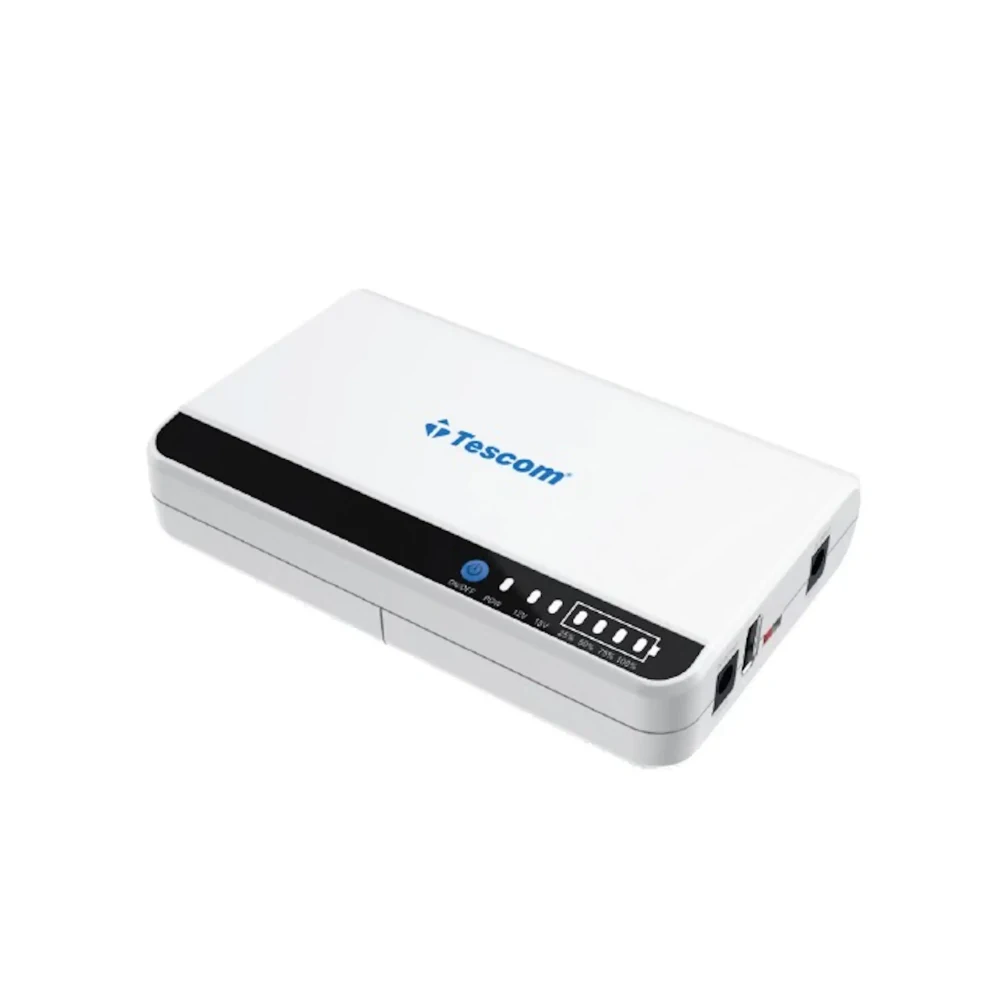
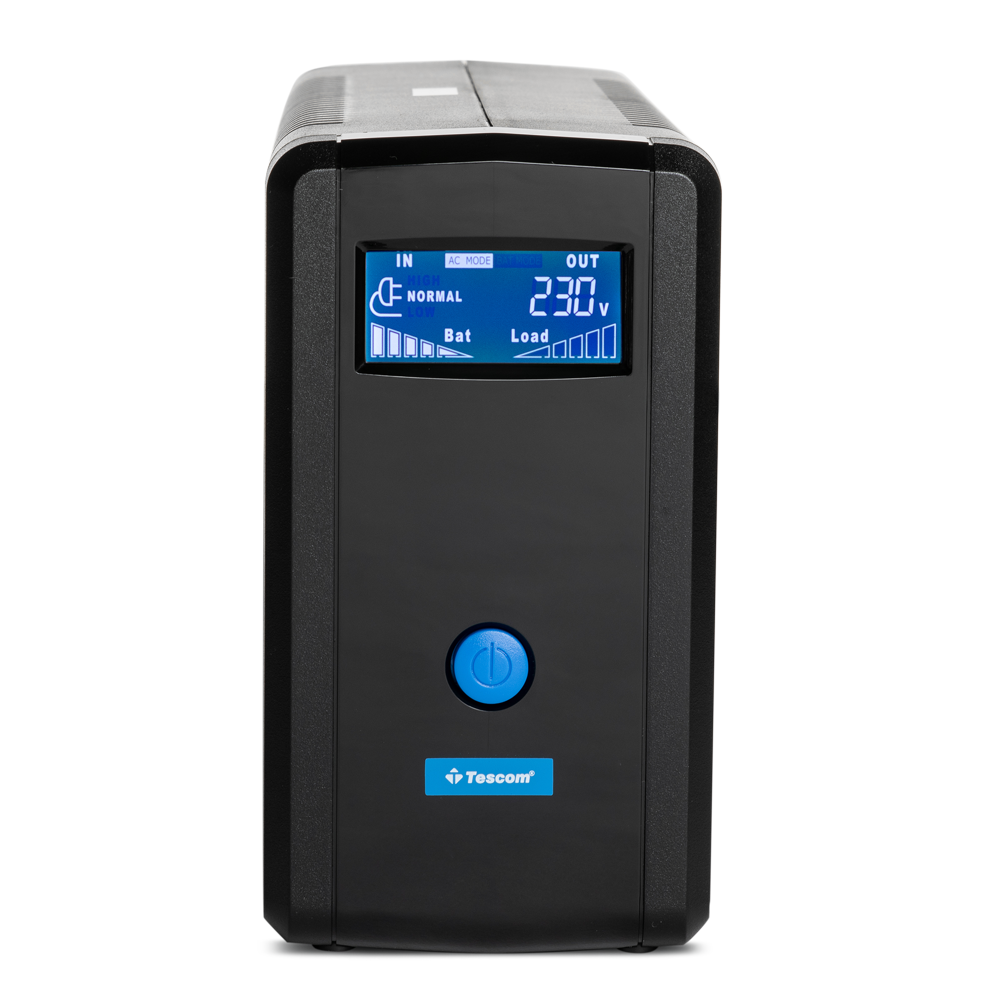 LEO LCD
LEO LCD
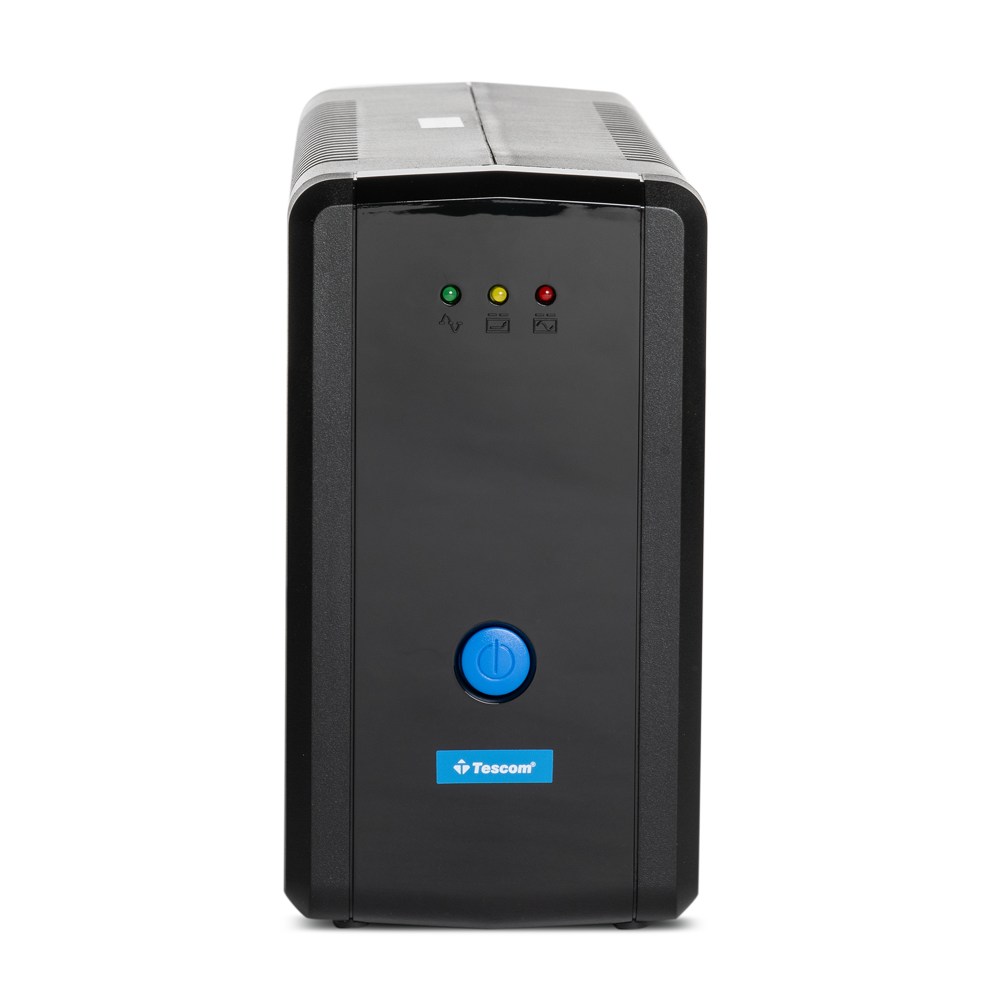 LEO LED
LEO LED

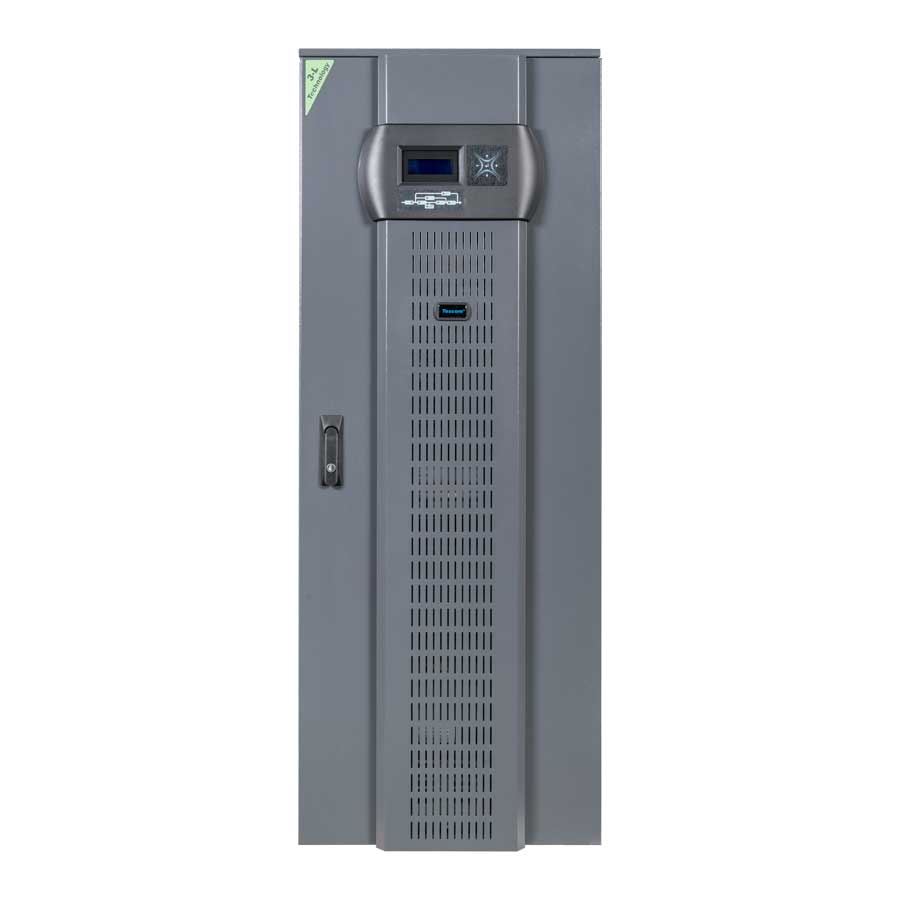 DS 300 H/HB
DS 300 H/HB
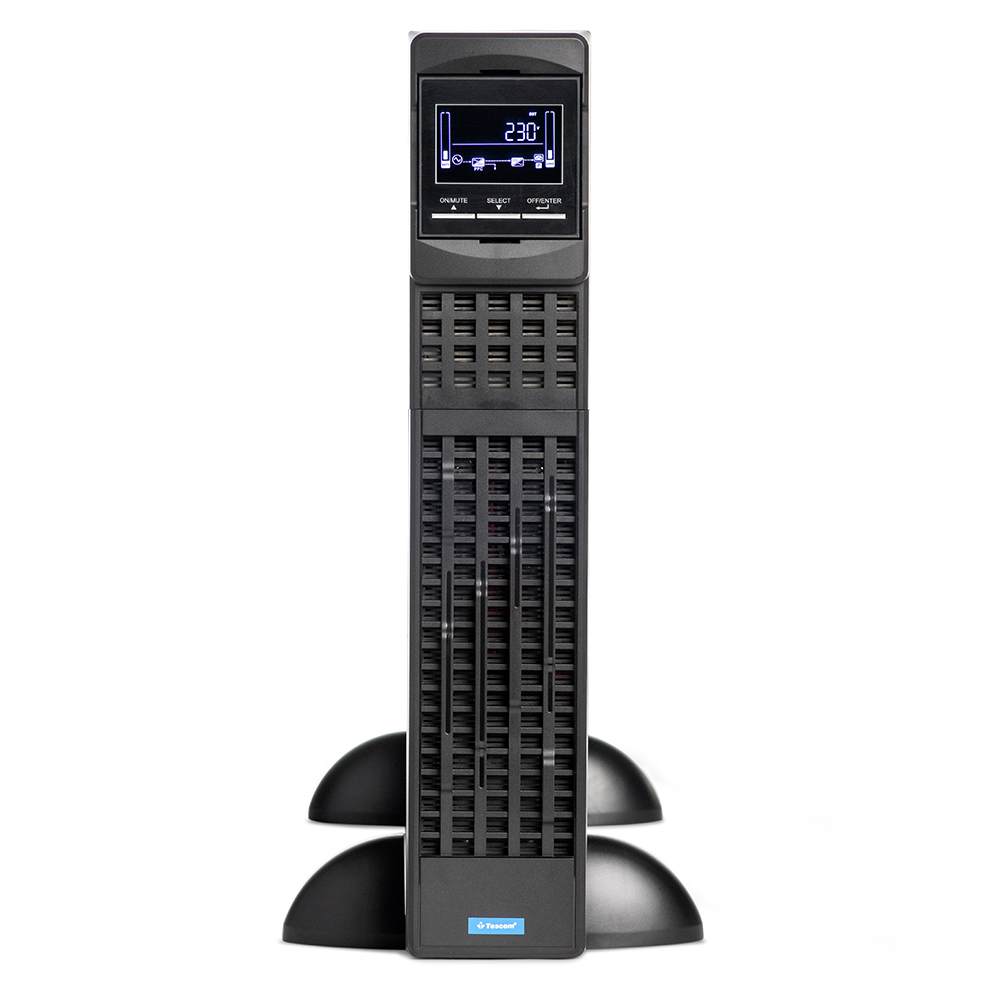 PRIME PLUS
PRIME PLUS
 NEOLINE
NEOLINE
 DS 300 SH/SHB
DS 300 SH/SHB
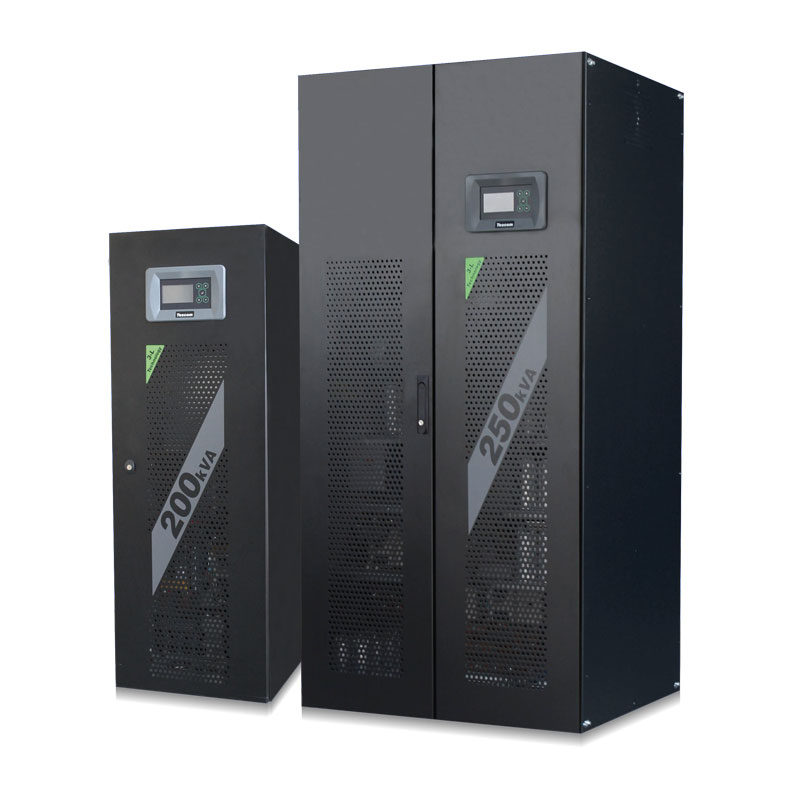 DX
DX
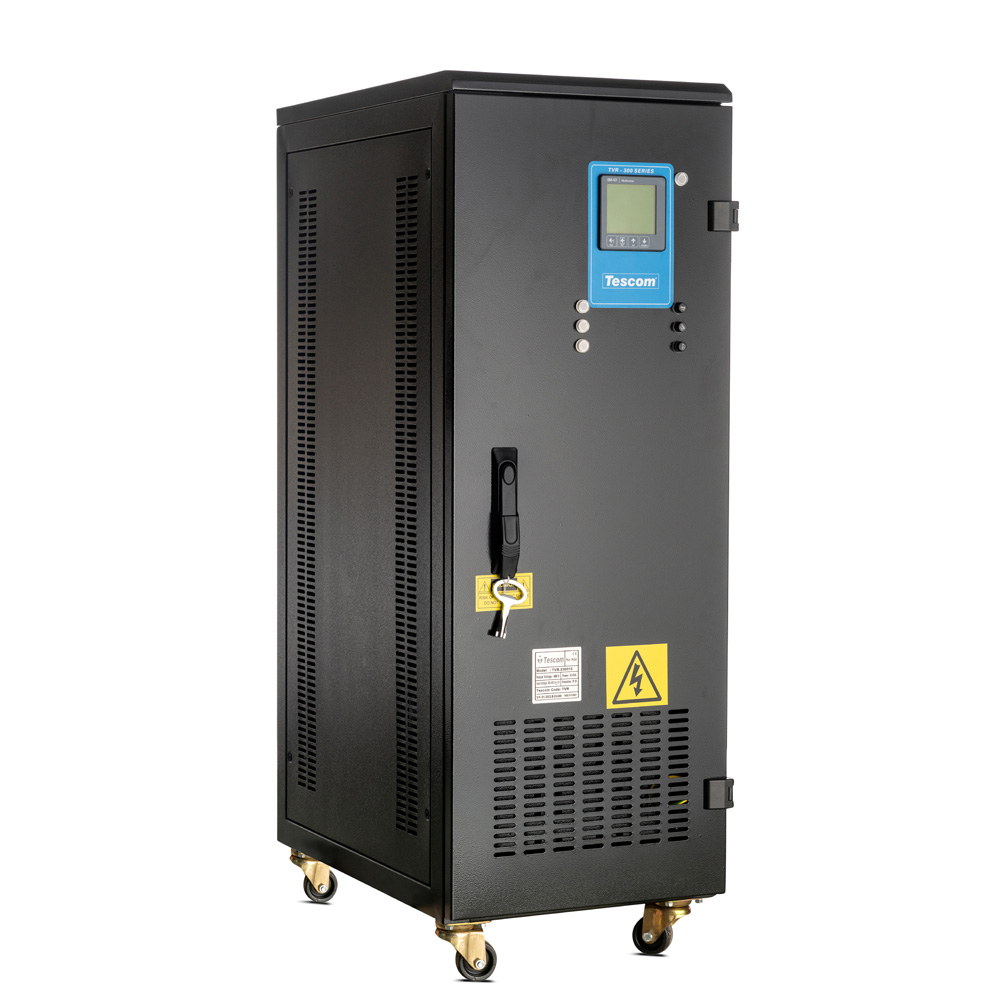 AVR 33
AVR 33
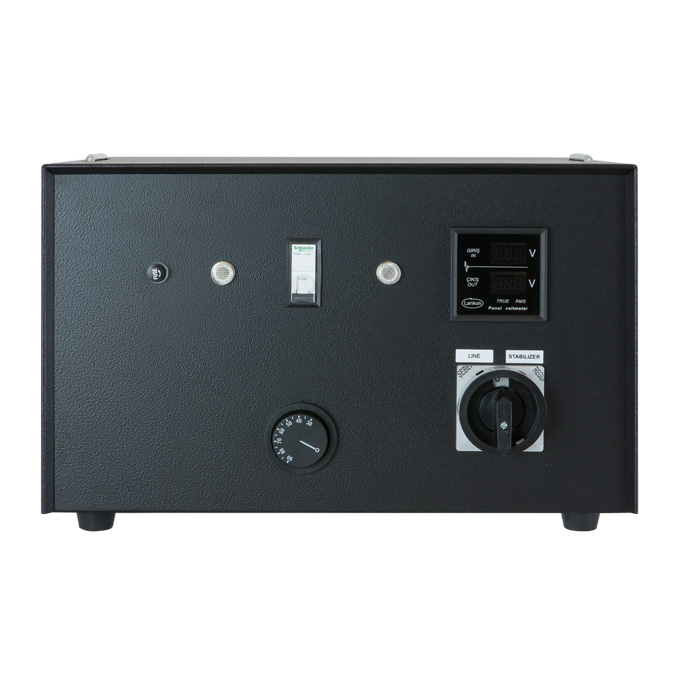 AVR 11
AVR 11
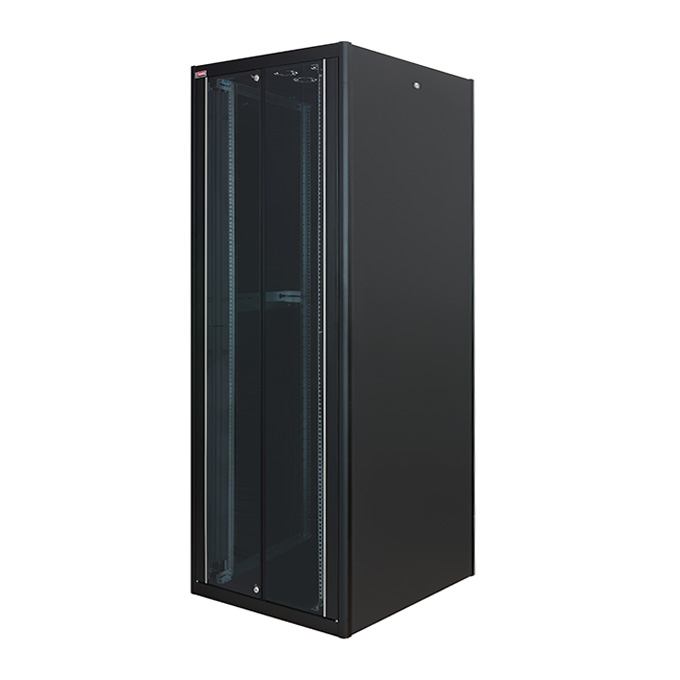 DYNAMIC BASIC
DYNAMIC BASIC
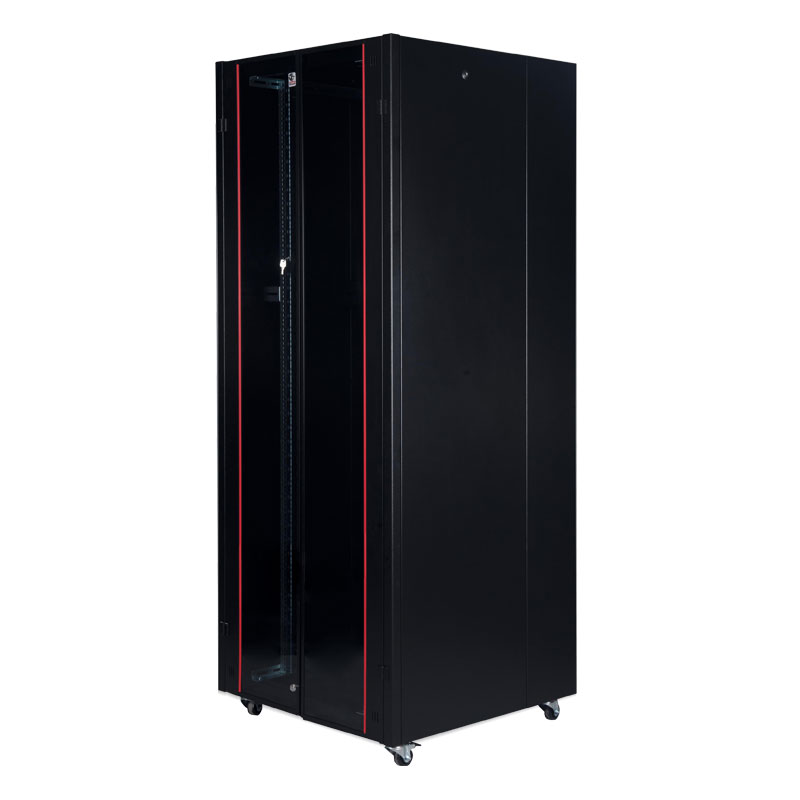 HYPERLINE
HYPERLINE
 DYNAMAX
DYNAMAX
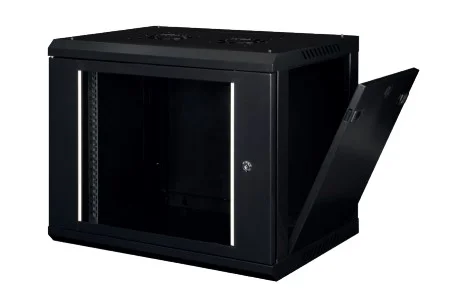
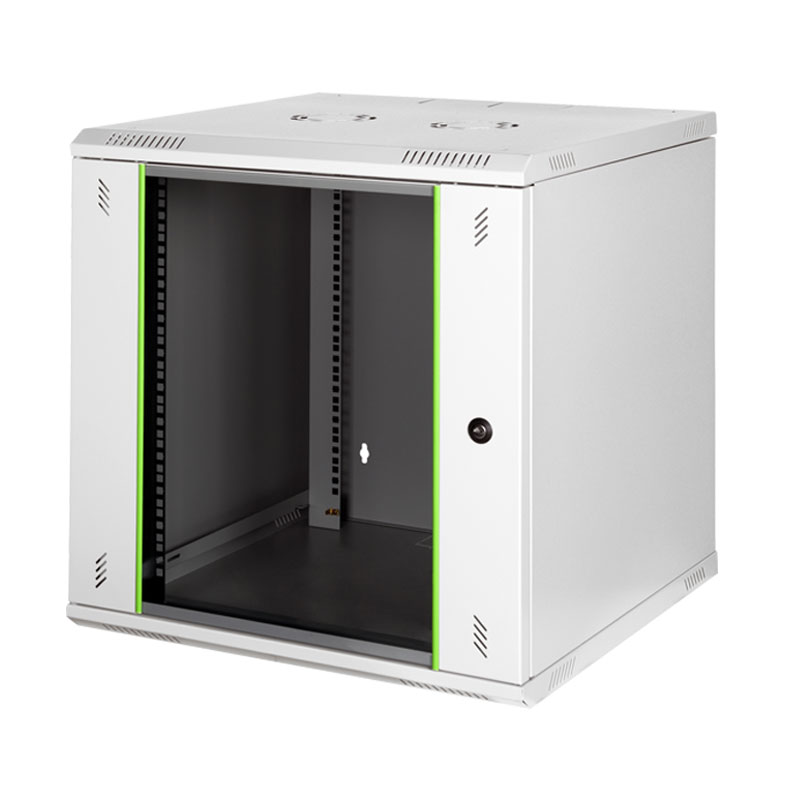 PROLINE B
PROLINE B
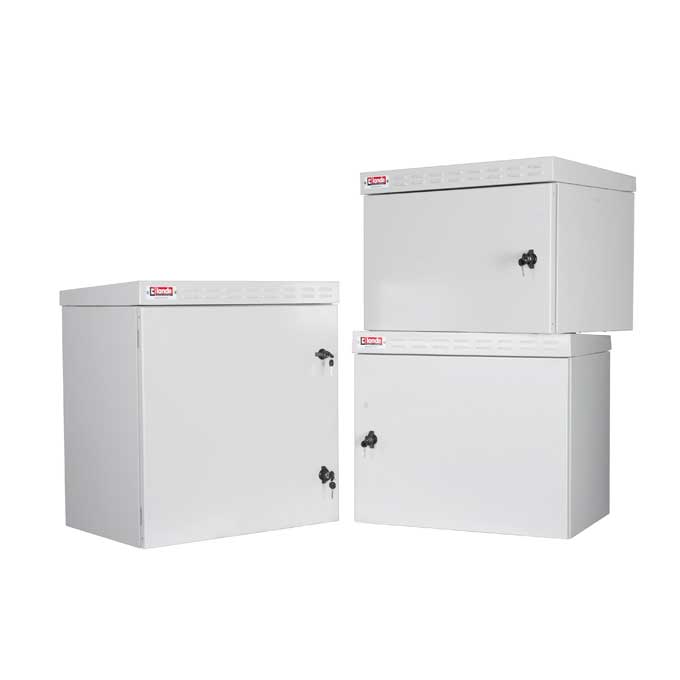 SAFEBOX B IP55 / OUTDOOR
SAFEBOX B IP55 / OUTDOOR
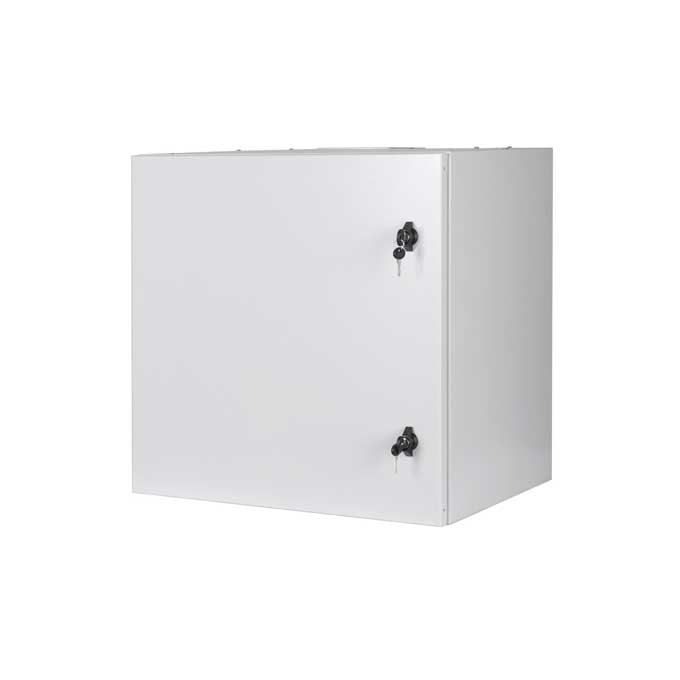 SAFEBOX B IP55 / INDOOR
SAFEBOX B IP55 / INDOOR
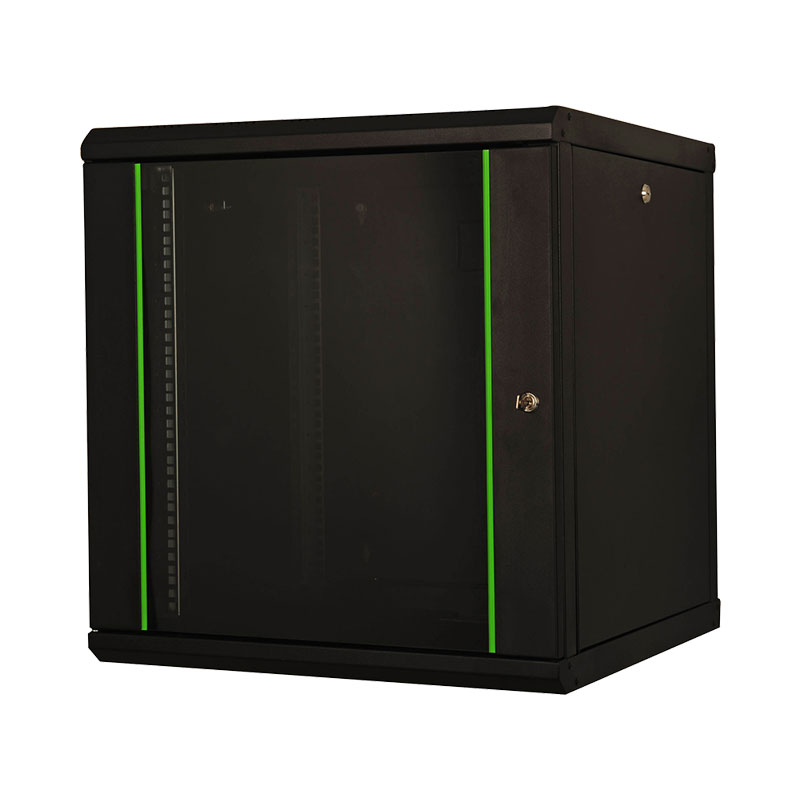 PROLINE
PROLINE
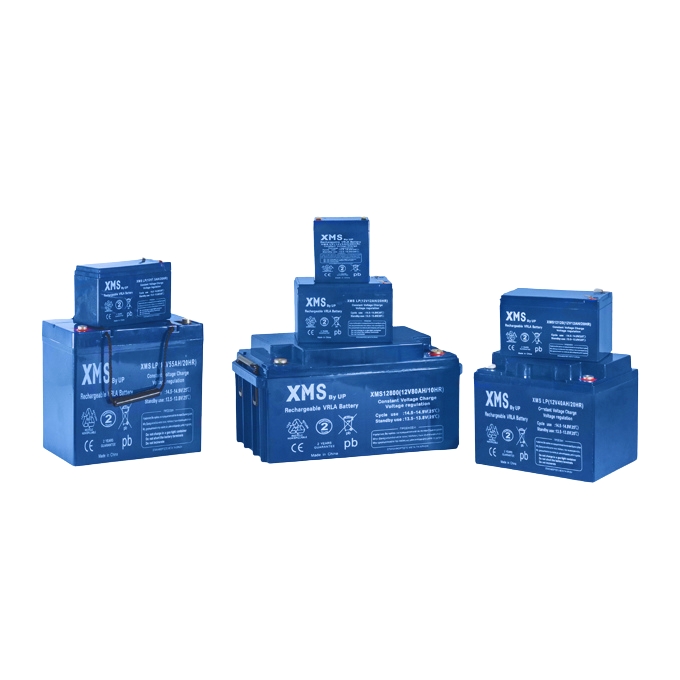 LP
LP
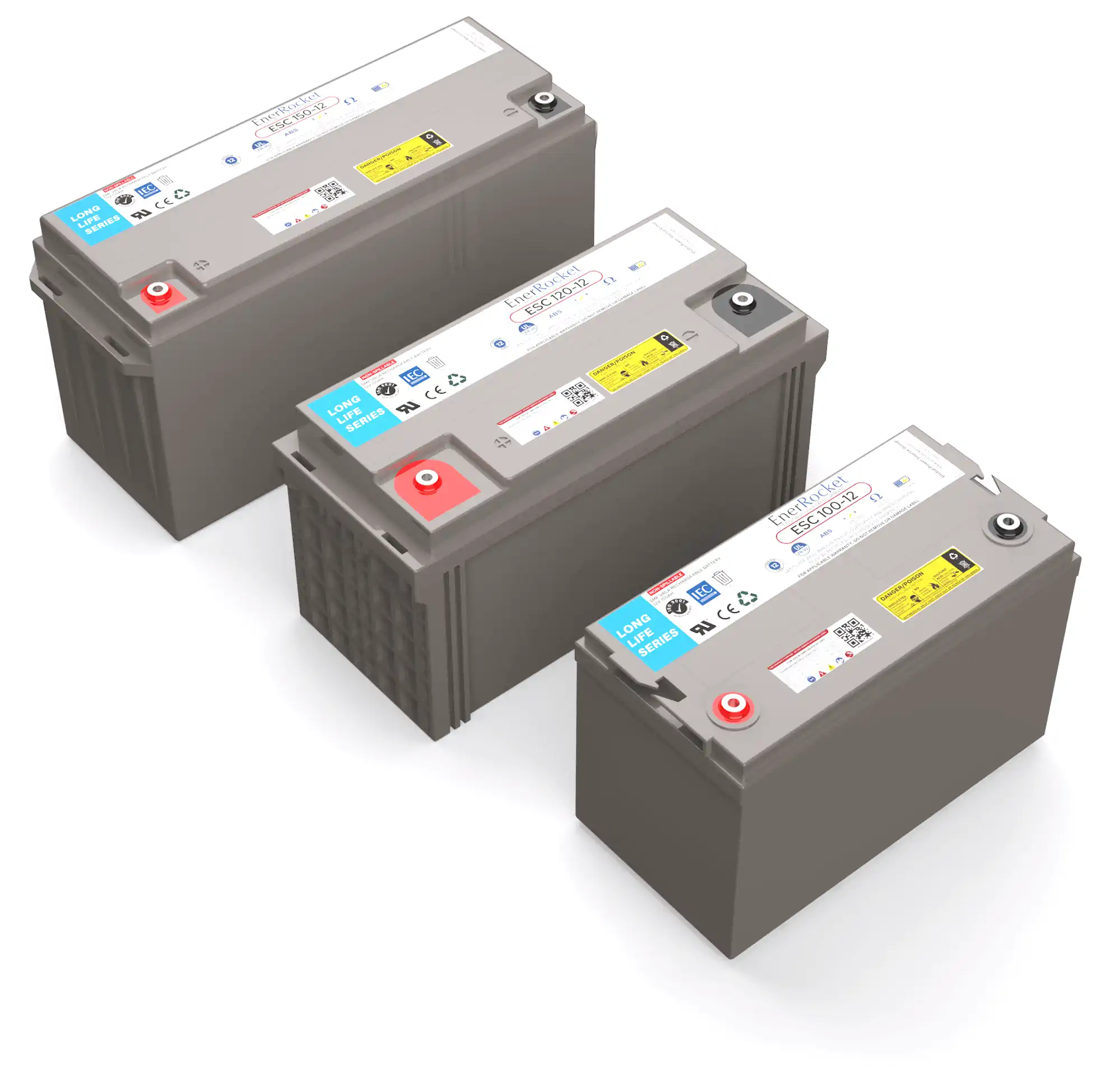 ES/ESC
ES/ESC
 Maintenance contracts
Maintenance contracts
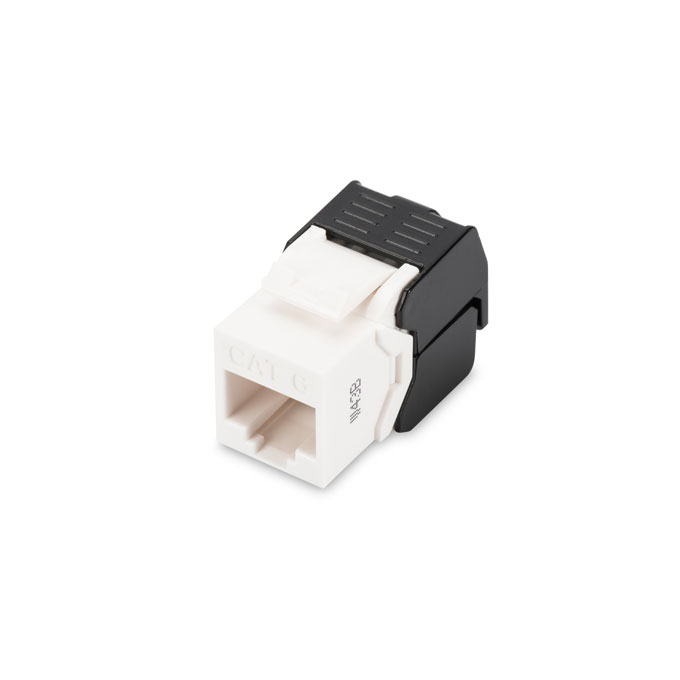 JACK KEYSTONE
JACK KEYSTONE
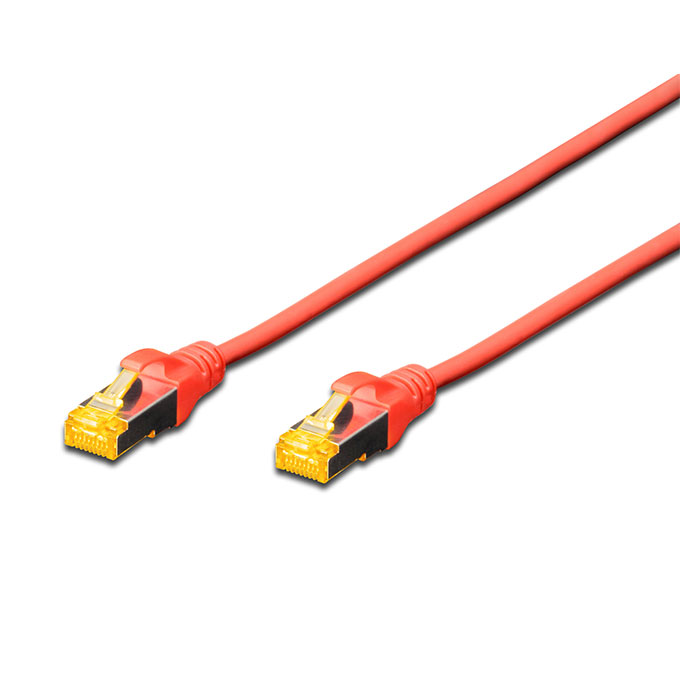 PATCH CORD CAT6A
PATCH CORD CAT6A
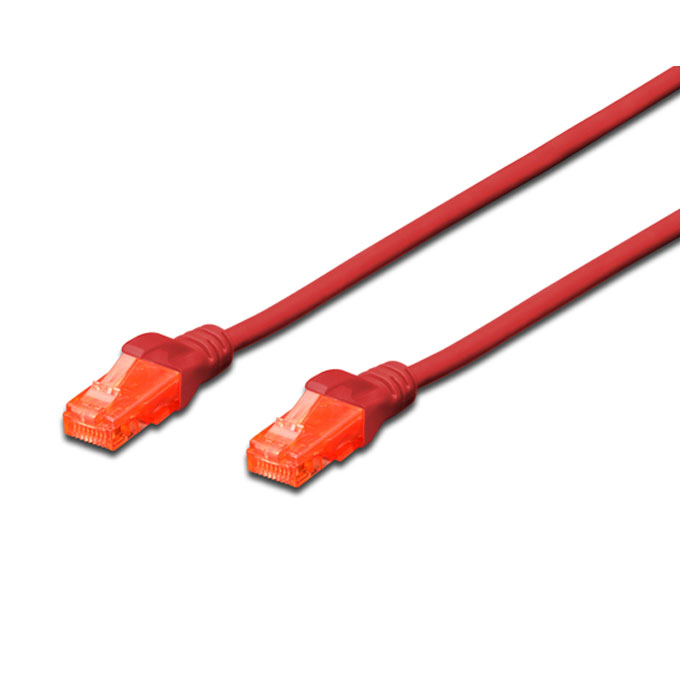 PATCH CORD CAT6
PATCH CORD CAT6
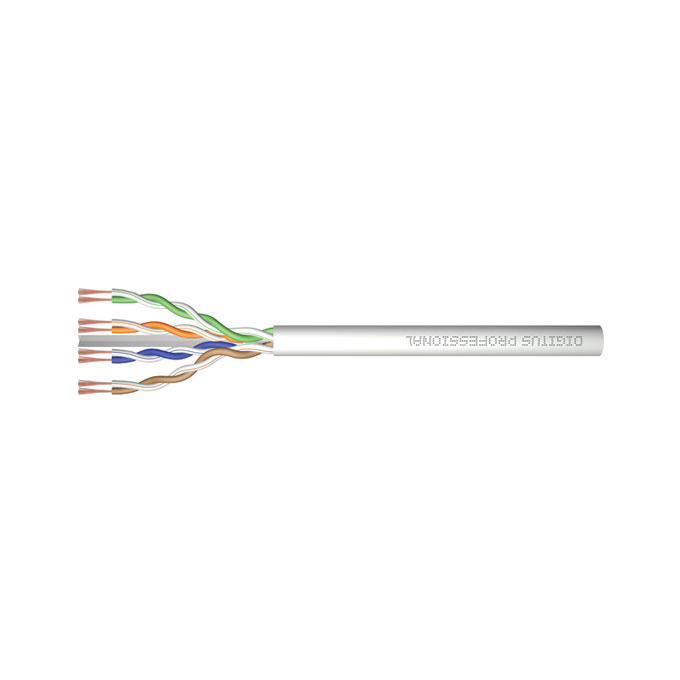 PATCH CABLE RAW
PATCH CABLE RAW
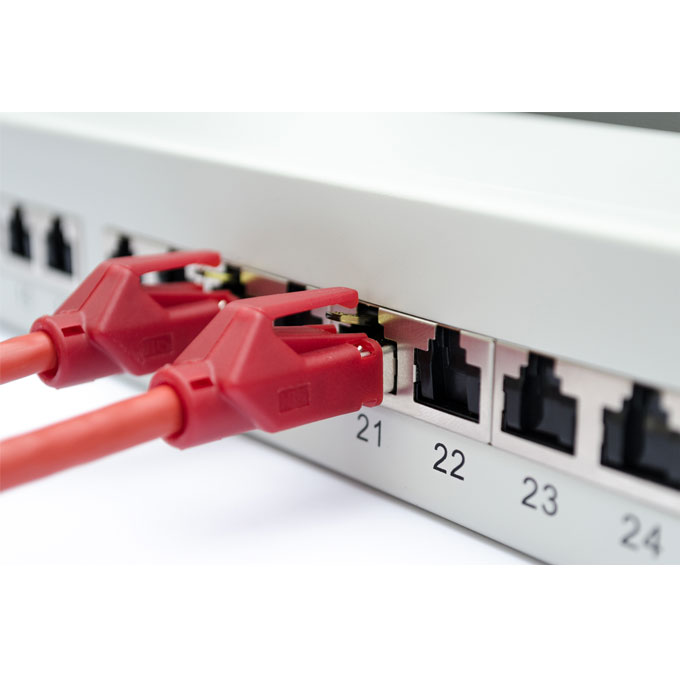 PATCH PANELS
PATCH PANELS
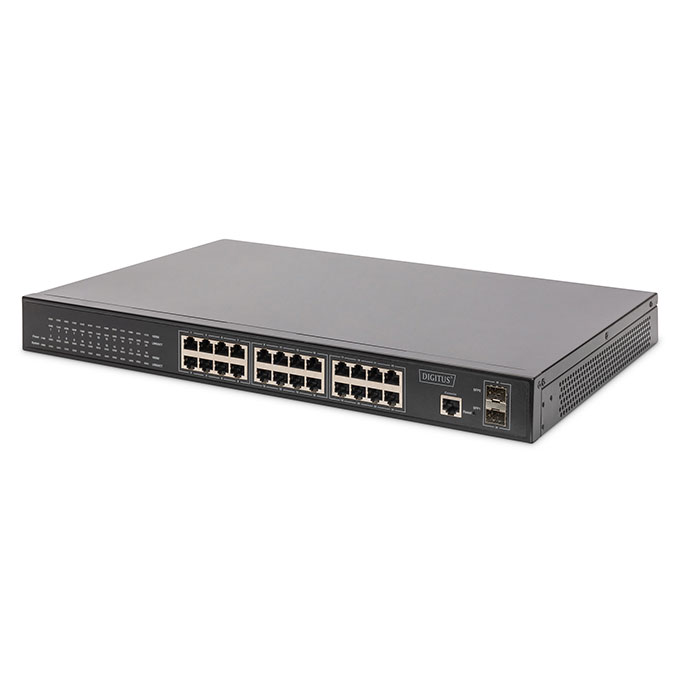 SWITCHES
SWITCHES
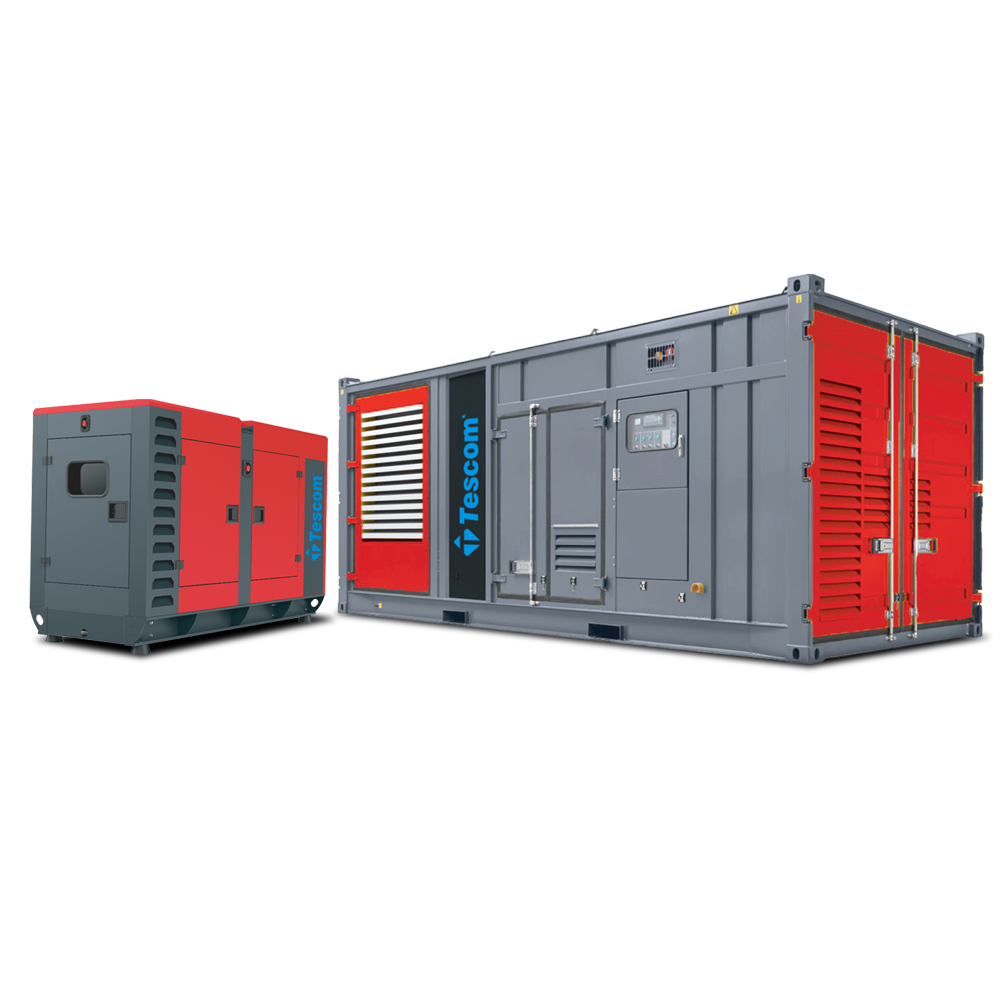 DIESEL / Baudouin
DIESEL / Baudouin
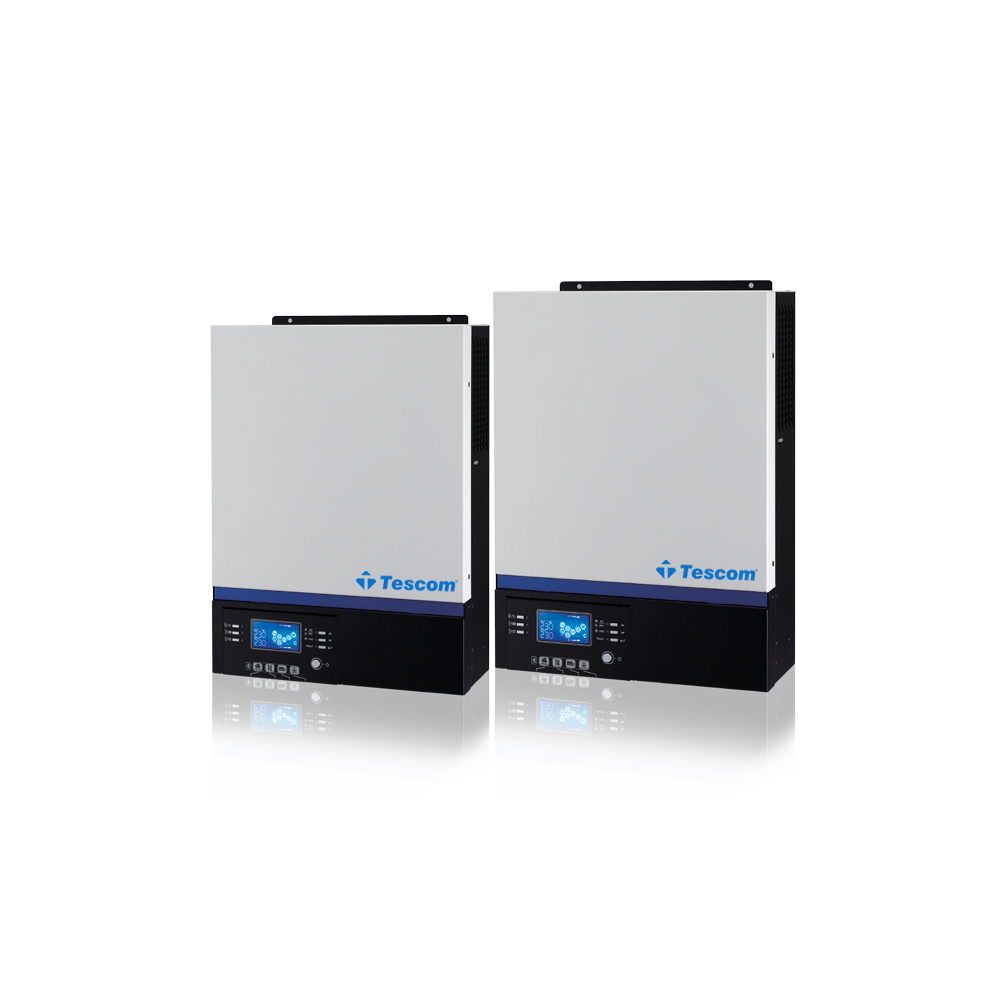 SINGLE PHASE
SINGLE PHASE
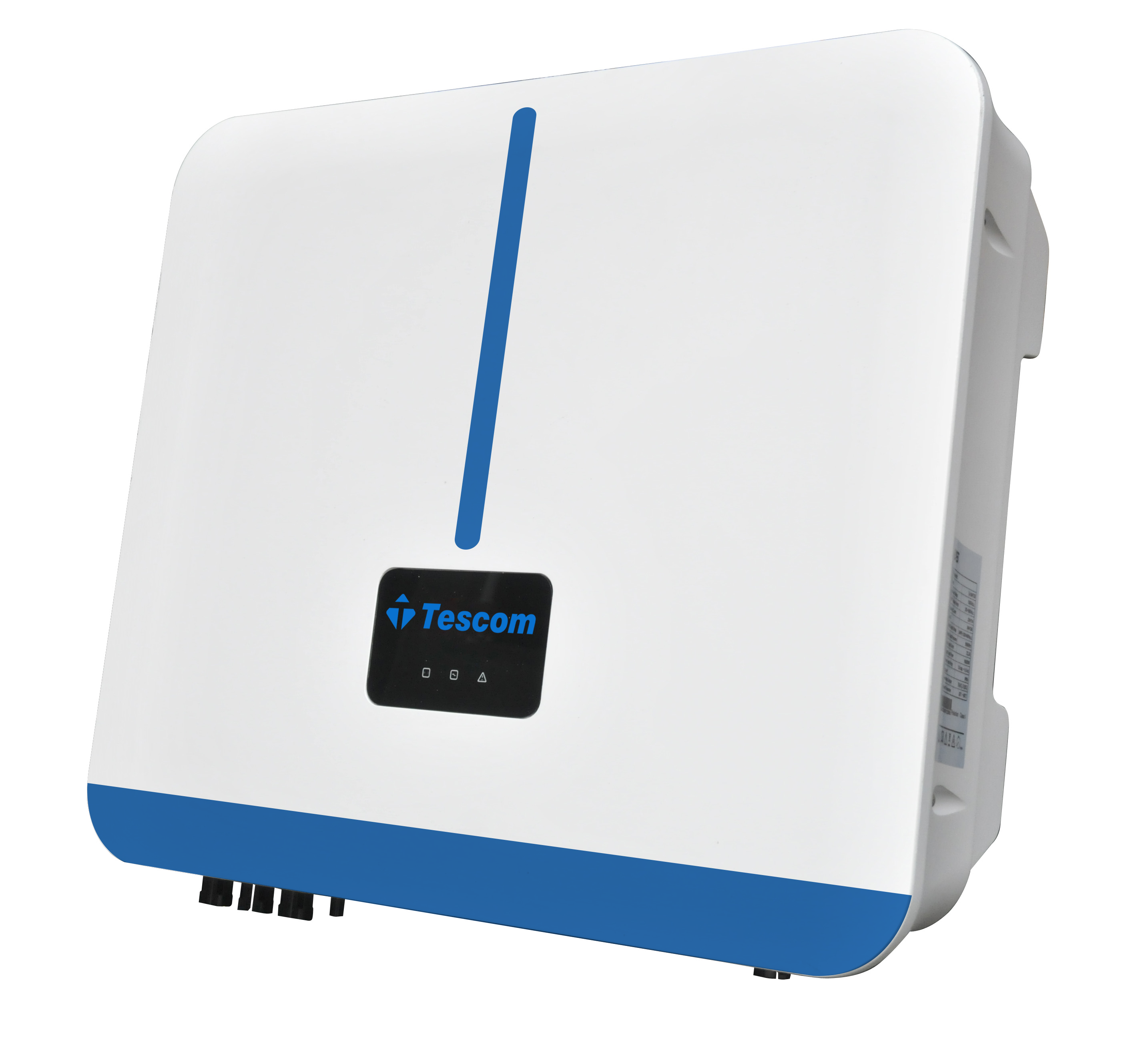 INVERTER 3phase
INVERTER 3phase
 INVERTER 1phase
INVERTER 1phase
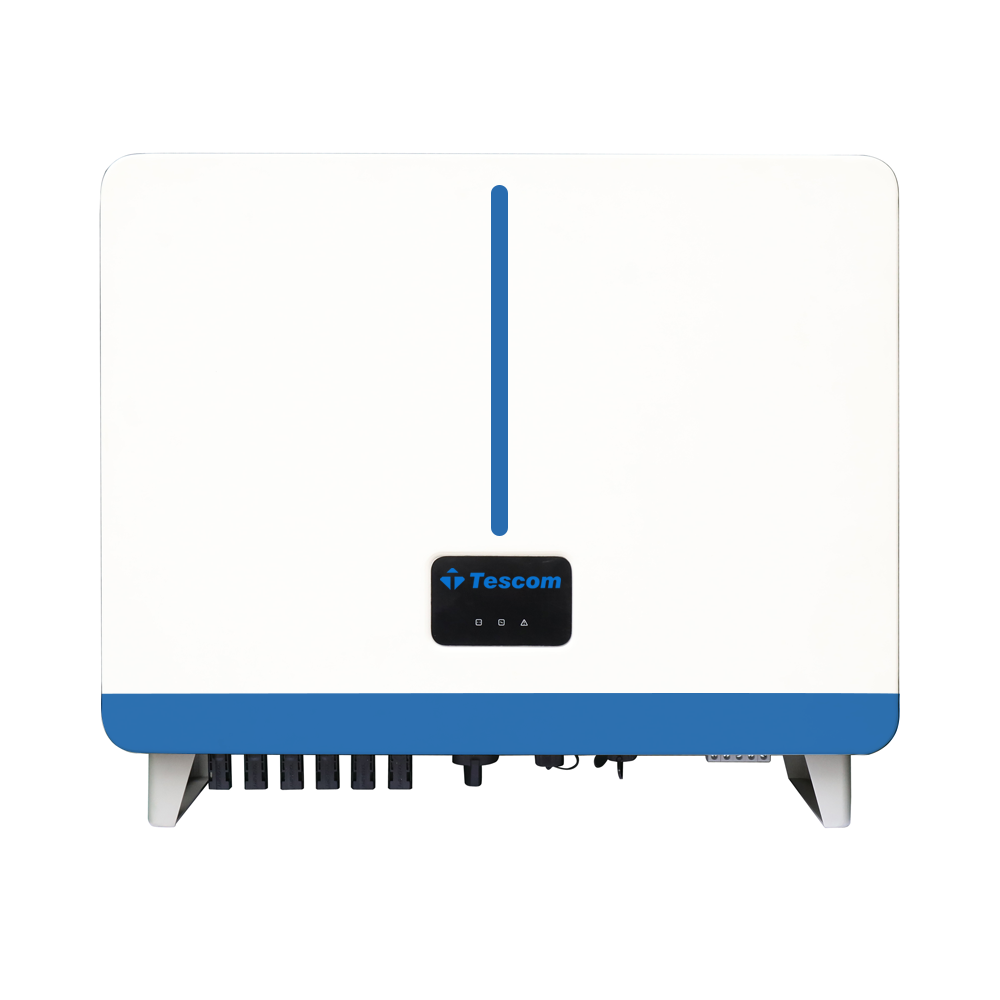 INVERTER Industrial
INVERTER Industrial
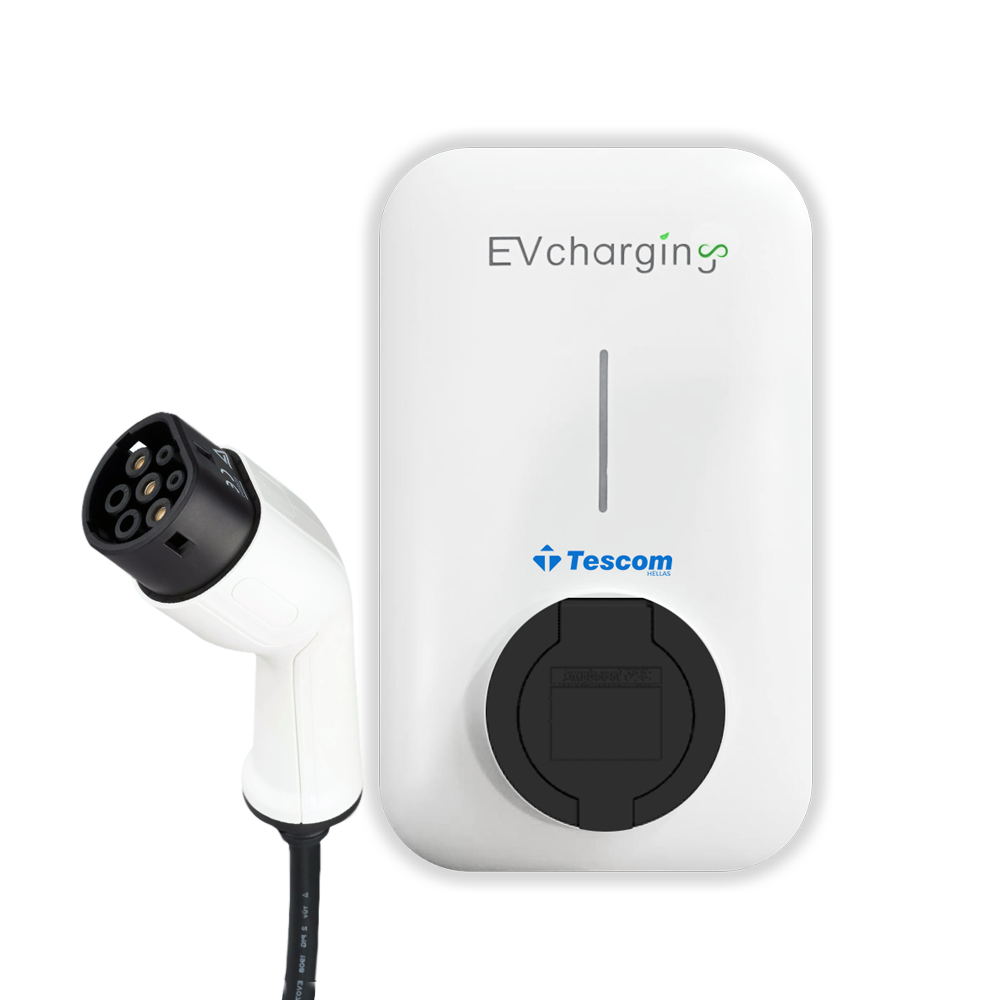 EV CHARGER
EV CHARGER